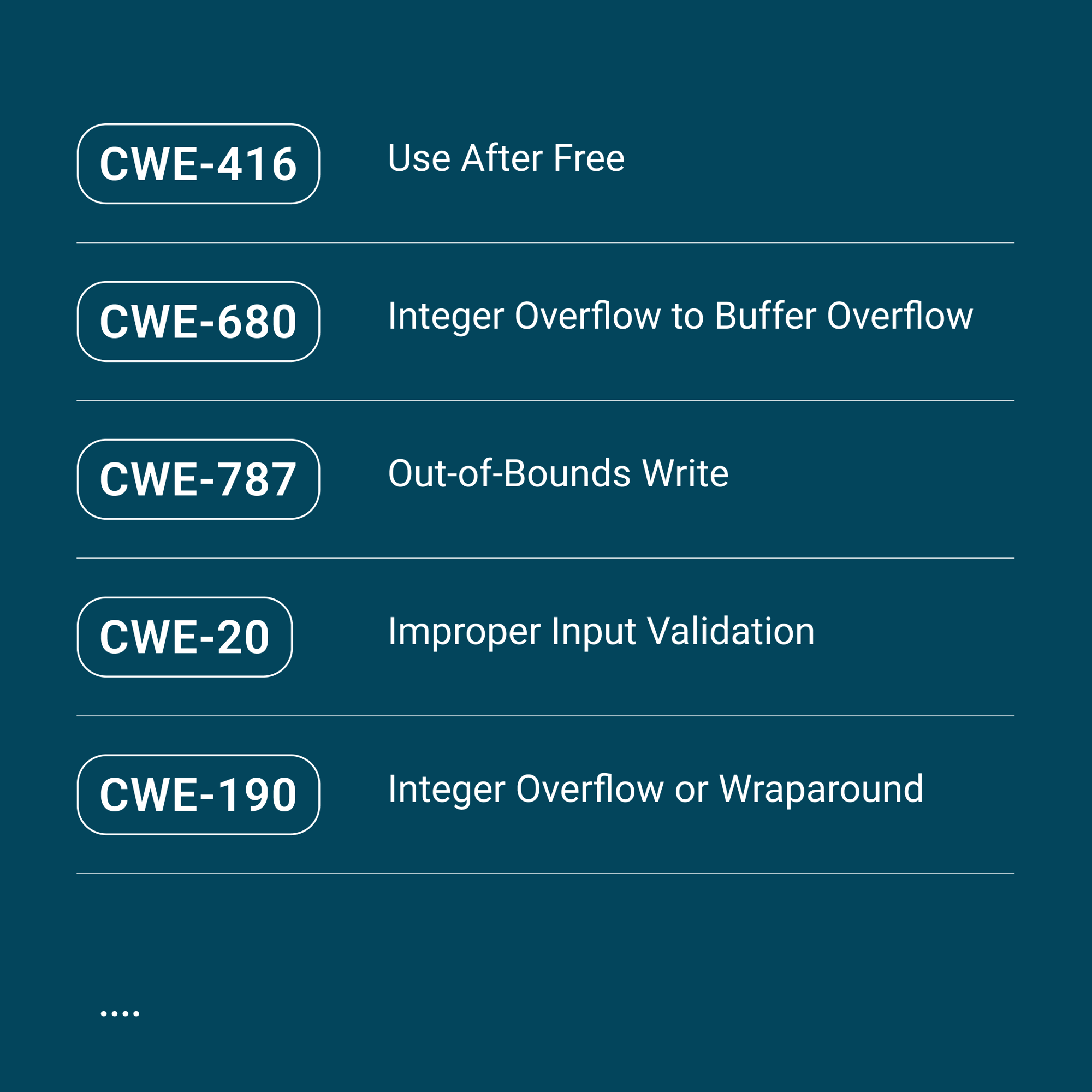Automate software testing for medical devices

The role of fuzz testing in medical device cybersecurity
- Cybersecurity in Medical Devices: Quality System Considerations and Content of Premarket Submissions by the U.S. Food and Drug Administration (FDA)
- AAMI TIR 57:2016 Principles For Medical Device Security - Risk Management
- Guidance on cybersecurity for medical devices (MDCG 2019-16) by the European Commission and the Medical Device Coordination Group
- IEC 81001-5-1 Health software and health IT systems safety, effectiveness and security. Part 5-1: Security — Activities in the product life cycle.
FDA’s requirements for medical device security
Download the free white paper to discover:
- Key documents on USA cybersecurity requirements for medical devices
- Fuzzing’s role in the FDA’s guidance on cybersecurity and AAMI TIR 57:2016
- When manufacturers need to comply with the FDA’s security requirements
- Why fuzzing is highly recommended for testing medical devices.
.png?width=2000&height=1603&name=1200x627_text-1%20(2).png)
.png?width=2000&height=1603&name=1200x627_text-1%20(2).png)
FDA’s requirements for medical device security
Download the free white paper to discover:
- Key documents on USA cybersecurity requirements for medical devices
- Fuzzing’s role in the FDA’s guidance on cybersecurity and AAMI TIR 57:2016
- When manufacturers need to comply with the FDA’s security requirements
- Why fuzzing is highly recommended for testing medical devices.
Three reasons to use fuzzing for testing medical devices


Fuzz Testing with Code Intelligence

Find what others miss – and get it fixed
| CWE-119 | Improper Restriction of Operations Within the Bounds of a Memory Buffer | CWE-416 | Use After Free |
| CWE-823 | Use of Out-of-Range Pointer Offset | CWE-476 | NULL Pointer Dereference |
| CWE-786 | Access of Memory Location Before Start of Buffer | CWE-590 | Free Memory Not on the Heap |
| CWE-680 | Integer Overflow to Buffer Overflow | CWE-362 | Signal Handler Race Condition |
| CWE-466 | Return of Pointer Value Outside of Expected Range | CWE-366 | Race Condition Within a Thread |
| CWE-787 | Out-of-Bounds Write | CWE-367 | Time-of-Check Time-of-Use (TOCTOU) Race Condition |
| CWE-125 | Out-of-Bounds Read | CWE-368 | Context Switching Race Condition |
| CWE-129 | Improper Validation of Array Index | CWE-421 | Race Condition During Access to Alternate Channel |
| CWE-193 | Incorrect Calculation of Buffer Size | CWE-1223 | Context Switching Race Condition |
| CWE-193 | Off-by-One Error | CWE-662 | Improper Synchronization |
| CWE-195 | Signed to Unsigned Conversion Error | CWE-758 | Reliance on Undefined, Unspecified, or Implementation-Defined Behavior |
| CWE-839 | Numeric Range Comparison Without Minimum Check | CWE-562 | Return of Stack Variable Address |
| CWE-843 | Access of Resource Using Incompatible Type ("Type Confusion") | CWE-587 | Assignment of a Fixed Address to a Pointer |
| CWE-1257 | Improper Access Control Applied to Mirrored or Aliased Memory Ranges | CWE-588 | Attempt to Access Child of a Non-Structure Pointer |
| CWE-190 | Integer Overflow or Wraparound | CWE-1102 | Reliance on Machine-Dependent Third-Party Components |
| CWE-20 | Improper Input Validation | CWE-1105 | Insufficient Encapsulation of Machine-Dependent Functionality |
| CWE-415 | Double Free |
From start to findings – with one command
.webp?width=350&height=350&name=AI%20Test%20Agent%20(new).webp)
Don’t just comply – make your product robust


%20-%20Cropped.jpg)

See AI-Automated Fuzz Testing In Action
Book your free demo with one of our senior engineers now and take the first step towards robust, secure software development with Code Intelligence.
- Automate software testing for embedded systems.
- Detect critical bugs & vulnerabilities early in the development.
- Uncover only actual issues without false positives.
- Enable developers to reproduce & fix issues in minutes, not weeks.
- Ensure compliance with industry standards.
Frequently asked questions
Fuzzing is a dynamic application security testing method used for finding functional bugs and security issues in software. During a fuzz test, a program gets executed with invalid, unexpected, or random inputs, with the aim to crash the application. Fuzzing is proven highly effective for testing embedded systems like medical devices. Learn more about fuzzing in this blog post.
Yes, the integration allows automatically test your software with every pull request. This ensures regressions and release blockers are identified long before reaching production.
Do fuzz testing first to identify all possible issues automatically, view the percentage of code covered, and identify parts of the software requiring targeted pentest. Thus, you can optimize the efforts of penetration testers by focusing on areas untouched by fuzzing.
